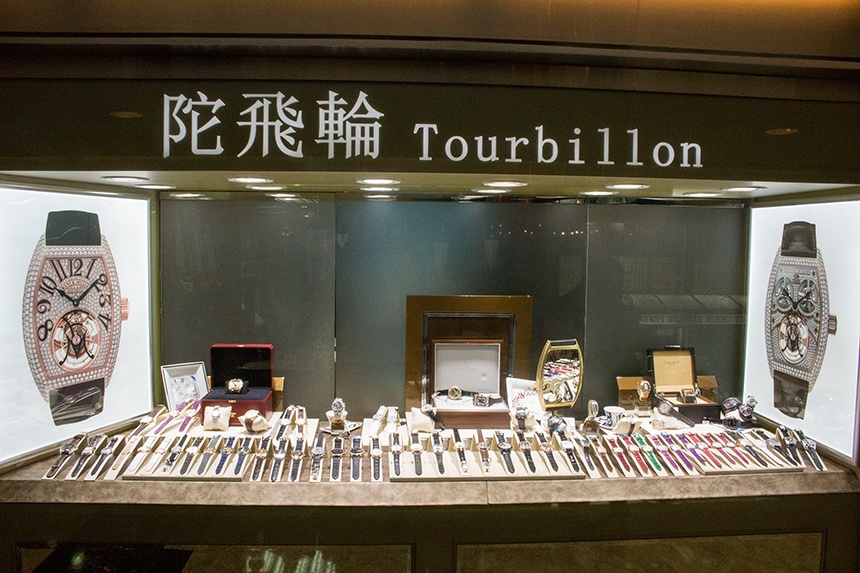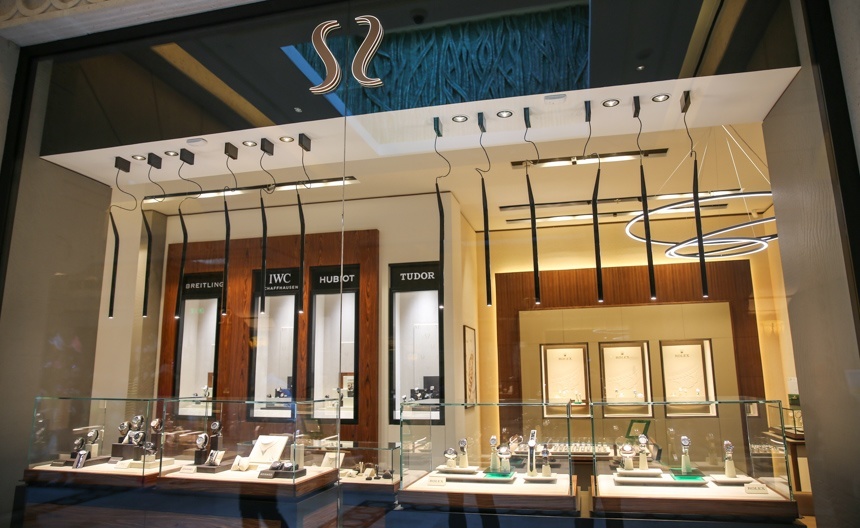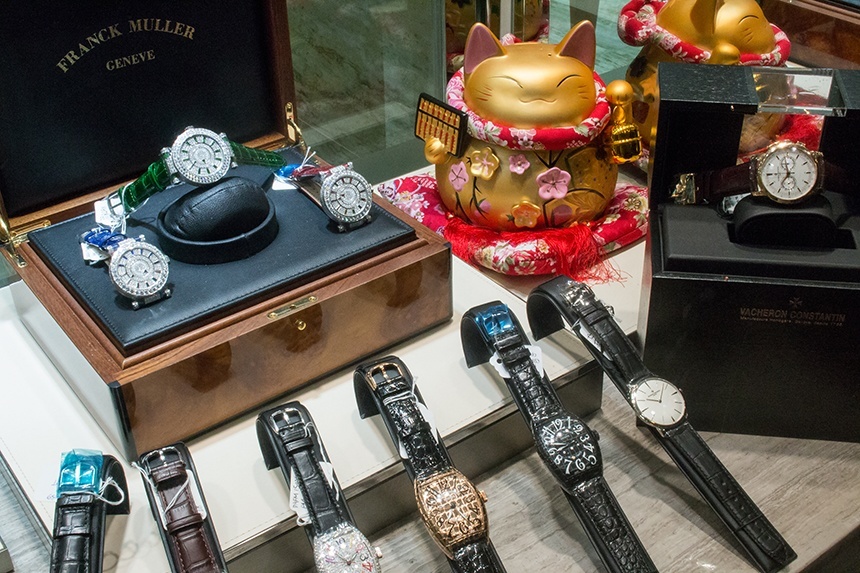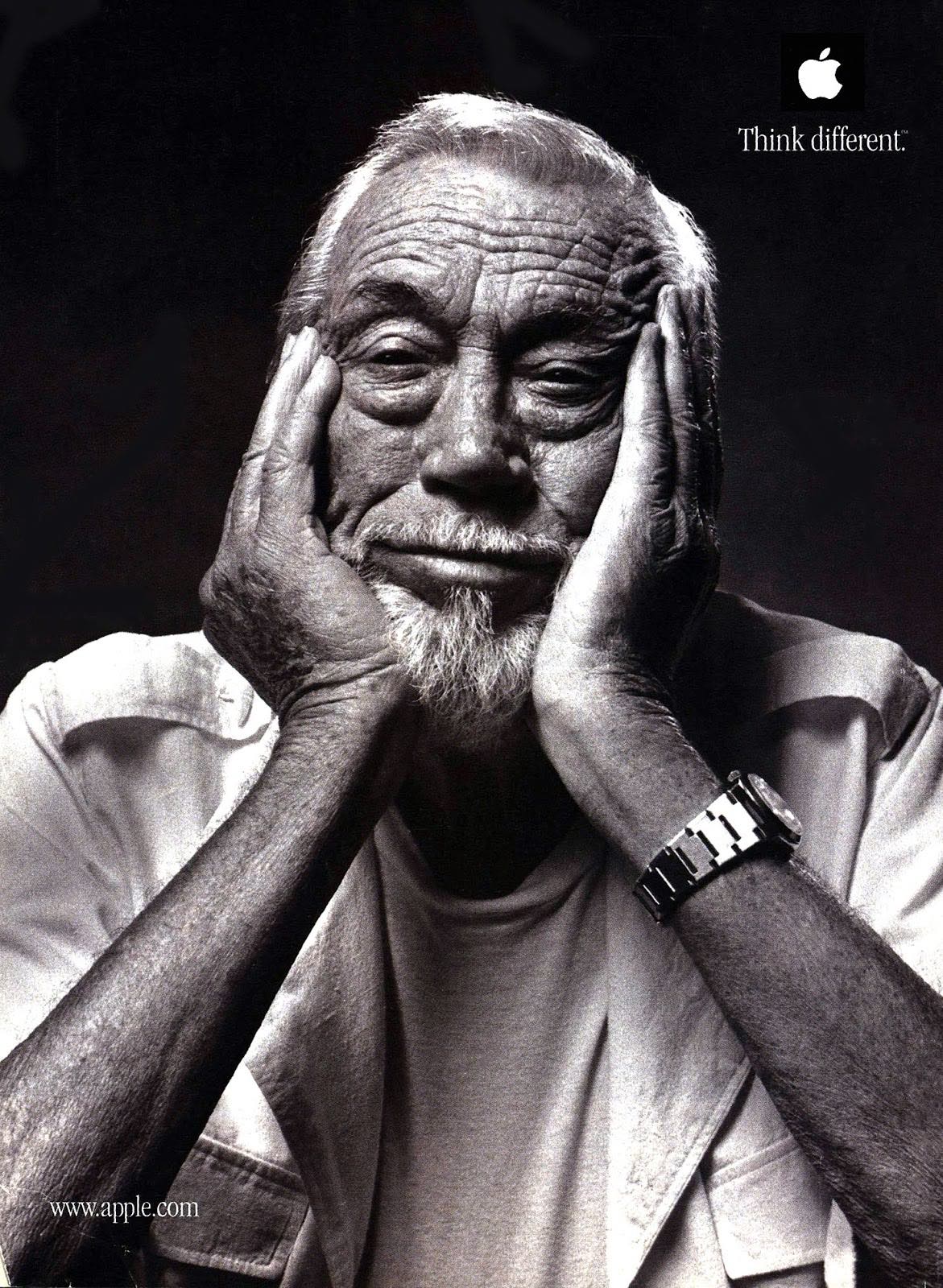
More time than I would like is spent discussing and consulting on business problems in the watch industry. My position as the guy running the big online watch magazine, aBlogtoWatch, offers a lot of broad oversight into various areas of the watch industry and, as such, I am fortunate enough to be in a position to make many conclusions about the industry if I apply enough reasoning to what I observe.
Over the last several years I’ve spent considerable effort doing my best to warn and advise the watch industry on what was causing economic slowdowns as well as offer solutions on how to remedy a lot of the bigger problems the industry faces. The watch industry, probably like most industries, tends to shy away from reports that would be characterized as negative, and so it can often feel like not enough people are listening. Still, when people whose businesses rely on the health of the industry compliment that my writing has helped them, I feel as though it is all worth it. As a refreshing change from all the more critical feedback, I felt it would be a good exercise to focus on some positive areas of the watch industry, and predict likely areas of growth over the next few years.

Allow me to first say a few things about the state of the watch industry for Q2 2017. First, the industry is currently contracting in size. Over the last 10 – 15 years, the watch industry grew larger than the market for watches can support. This means more watches were produced than can be sold into the market. Thus, the watch industry should be engaged in activities designed to reduce the total number of timepieces being produced, while increasing efficiency at the companies that do manufacture watches. Too many watches in the market leads to a number of problems, including things like gray market sales, a culture of price discounting, a serious erosion of actual exclusivity, and an overall degradation of value for business practices across the board. Thus, the watch industry is or should be anticipating reducing their overall production to volumes that the market can actually bear as measured by the volume of watches that are purchased by end-consumers.

Less watches means less money, that in turn means smaller companies and less employees. Therefore, the watch industry is currently in a contracting phase, and will continue to contract in size until a baseline plateau of sales performance is found. This baseline of sales performance should ideally be the actual number of watches sold to end-consumers in this market environment. Once this baseline of sales performance is found, brands can begin to build themselves back up again (and ideally not make a lot of the same mistakes).
It is difficult to find growth in a market where things are getting smaller as opposed to getting larger. Still, there will be plenty of areas of growth over the next few years. Each of the following areas of growth are related to consumer spending, both in terms of products people want in places where they actually are buying them, and the services that will be necessary in the watch industry of the not so distant future.

Business Hub Cities
Most of the countries that have traditionally imported the largest volumes of Swiss luxury watches have experienced a severe drop in watch imports over the last few years. Nevertheless, there are still areas around the world where people are engaged in business, and thus moving large sums of money around. Any time men are given large amounts of disposable income and put into environments where it becomes socially useful to show off to others, people will buy high-end watches. Accordingly, the best performing places in the world to buy watches continue to be these types of locations. It is no accident that New York, Los Angeles, Tokyo, Hong Kong, Singapore, London, Dubai, and other similar business hubs are also where the most watches are sold.

It is true that these markets can suffer from ups and downs, but it is also true that they continue to maintain performance in ways that non-business hub cities do not. Growth in these markets should not be a function of more watch retailers and inventory, but rather a greater effort on proper marketing and advertising, as well as optimizing the existing retail experience.


Stores in business hub cities around the world should focus on streamlining the customer experience and putting all their effort into staff and accommodations. Luxury watch stores in major business cities should assume that each of their clients is educated, discriminating, sophisticated, impatient, and demanding. These clients spend for fun and experience – not for aspirational purposes. They don’t want stores that make them feel wealthy – the typical Las Vegas shopping experience – but rather stores that acknowledge the lifestyle that they’ve become accustomed to. There are some select stores which understand this principle, but most today still don’t.

All of this assumes that the luxury status of a high-end watch will remain important. Nothing about the watch industry’s current poor performance indicates that consumers no longer want nice watches. Rather, the data shows that consumers want prices that better correspond to actual value, and also that they want better choices, not more choices. I say this because I think it is important to reinforce the notion that demand for watches by the right consumers is still very strong. It is the watch industry’s obligation to understand and supply to that demand, as opposed to ignoring it for other prospective (i.e. easier to sell to) demographics.
Start-Up Business Districts
It isn’t an accident that Northern California and Silicon Valley are among the strongest modern markets for luxury watches. Places where innovative business are starting up, and where there is a general entrepreneurial spirit with both talent and money is a solid location for high-end watch sales. What’s better is that people in these industries often regularly read the same types of media, and intermingle with one another on a regular basis. This means that this audience is not only made up of a lot of likely watch buyers, but also that sharing marketing and advertising information with them about what watches to buy and where is relatively simple and direct.
One of the biggest challenges that watch companies face in America is its sheer size. The resources necessary to have a strong retail presence across the United States, let alone to advertise to hundreds of millions of people is much beyond the means of most watch companies. Thus, it makes a lot more sense to focus on specific areas or demographics of people who can be targeted with marketing messages as well as select retail locations. There are many start-up business districts within major business hub cities: places like Tel Aviv, Israel, Venice Beach, California, and Amsterdam, The Netherlands are all places where the start-up culture is thriving – and perfect places (among others) for luxury watch brands to focus their efforts in search of men amenable to luxury watch marketing; some of whom likely have enough disposable income to buy them.

